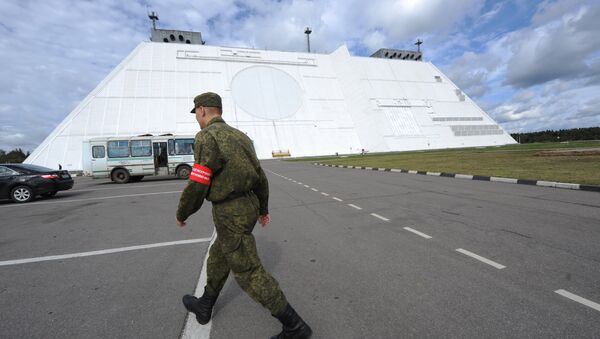In December 2016, Defense Minister Sergei Shoigu said that three new Voronezh-class radar stations had successfully been tested in Orsk, Barnaul and Yeniseisk and would be placed on active duty in 2017.
Russia lost its unified missile warning system following the 1991 Soviet breakup with most of the radar installations in the former Soviet republics either decommissioned or simply destroyed.
The new Voronezh radars are able to spot targets up to 6,000 kilometers away and at altitudes of up to 8,000 kilometers.
Each of the Voronezh radars now being built in Armavir, southern Russia, in Kaliningrad and Leningrad Regions, in Siberia and the Far North can simultaneously track up to 500 targets.
The one in Orsk is capable of registering missile launches in the Middle East, southern Europe, the Arabian Peninsula and North Africa.
Plans are also apace to have one such radar in Sevastopol, Crimea, to replace an old and malfunctioning one built decades ago.
The deployment of the entire series of Voronezh-class radars will effectively “plug” existing “holes” in Russia’s missile warning system in the northwest, southwest, south and southeast – something even the Soviet Union failed to achieve.
Russia has been modernizing its missile warning systems since 2000.
To ensure the security of its borders, Moscow needs to replace its old Soviet-era radar facilities as well as the ones lost in the Baltic countries, Ukraine and Belarus after the fall of the Soviet Union.
Never miss a story again — sign up to our Telegram channel and we'll keep you up to speed!




